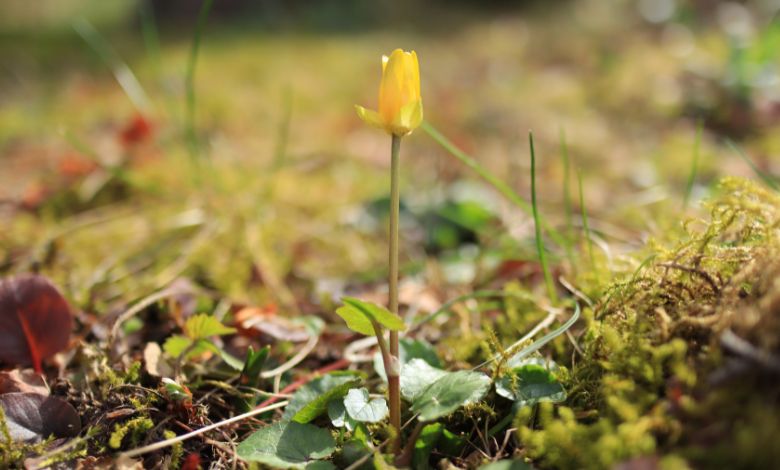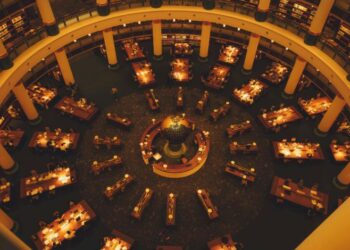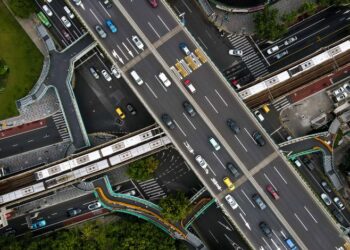Discover how zelda breath of the wild from the ground up reshaped gaming with freedom, innovation, and a bold new design.
When I first started the Legend of Zelda: Breath of the Wild, I didn’t know what to expect. I grew up with Zelda – the Okrina time was practically my childhood religion, Wind Waker shaped my teens, and the dignity princess found me through high school. But when people begin to say that wild by nature “was made of land,” I didn’t quite understand what it means. Was this just marketing? Or Nintendo really tore everything we thought we knew about Zelda and were rebuilt by a piece?
Spoiler Alert: He did. And this is why The Breath of the Wild became one of the most revolutionary sports of our generation. In this article, I take you to a tour research, partly personal history – to explain what “Ground Up” is actually for Zelda, how Nintendo drew it, and why it still matters.
What You'll Discover:
What does “above the ground” mean in play?
Begin with the basics. In games, “From Ground Up”, the sentences are not just a fancy way to say “we worked hard.” This means that developers start fresh-work recycled engines, no copy properties, no safety network for chronic mechanics. It’s like a brick reconstruction by brick instead of knocking on an old house and turning on a new layer of paint.
For Zelda it was a big thing. Most of the former Zelda games were based on each other. For example:
Ocarina of Time → 3D Action-Adventure Formula.
Large masks → Okrina’s engine was used, but mechanics were kept.
Wind weaker → introduced a new art style, but still used well -known systems.
Mudhuli Princess and Skyword Sword → Felt like stages of evolution, not revolutions.
Then came the wild breath. Nintendo not only polished what he had. He ended the formula that defines Zelda for decades. Dungeon system? Went. Hand keeping training? Cutting. Hard linear history? Thrown on one side. He created something else – a game where the player decides to travel.
And for fans like me for a long time, it felt like going into a whole new world… But somehow are somehow still at home.
Nintendo’s brave reset: Why Zelda required reinforcement
Before we go to the juicy details, let’s make some coil. In 2011, the Zelda series began to be felt… Estimated. Don’t get me wrong – I loved it. As a sword, I feel like a hero at the age of twelve, and swing the Wii remote control. But I think the formula went out of steam.
Even critics indicated it: Puzzles were smart, but the game looked very linear. The exploration was limited. And let’s be honest – after decades “Finn Dungeon → Beat Boss → Samplement Appears → Take it to the next dungeon,” The Magic disappeared.
Nintendo also saw. For a long time, the Zelda producer, Easy Aionuma, admitted in the interview that he realized that the players wanted more freedom. They just didn’t want to follow a history course; They wanted to make their own adventure. When this idea was killed: Zelda was to be rebuilt from the ground.
Imagine it as baking. You’ve made the same cake recipe for many years – and people love it. But after all, people want something new. Instead of just tweeting frosting, you throw out the recipe, strengthen the material and create a whole new taste. This is what Nintendo did for nature.
Technology behind the rebuild of game
Okay, so how did Nintendo actually do this “ground up” Zelda? Let’s get boring for a second.
1. A new engine, a new world
Wild of the Wilde was not built on the same technique as the old Zelda game. Nintendo des
2. Physics and chemical system
It was a game change. Nintendo created two dynamic systems at the core of Botw:
Physics system → reacts everything (log rolling, metal power, pushing air articles).
Chemistry systems → Elements interact with natural methods (fire spreading, water lights, ice melts).
Together, these systems created endless conditional games. For example, I once defeated a camp of book lenses not with a sword, but to ignite a boulder under a height, to implicate the grass to light the grass and let the chaos play. None of these were “written” – only the physics of the game talked about it.
Climbing and endurance
For the first time in the Zelda story, the link can climb almost anything. Mountains, walls, trees – if you saw it, you can scale it. Of course, endurance limits you, which means that strategy and upgrading became part of the investigation. This single mechanic completely “freedom” in a game.
4. Not -Structure
Unlike the old Zeldus, where you had to complete Dungeon in order, Boatway lets you tackle challenges, but you want. In fact, you can march directly into Gon after leaving the big plateau. Do you want to live? Probably not. But the option was yours.
My first taste of real freedom in zelda
Here is a personal story: the moment I realized that Bote was really different.
On my first Playthrow I left the big plateau and saw a mountain in the distance. In general, in old sports, it will only be “background art”. But in the breath of Wilde? I could really go there. No assignments that indicate me, no restrictions. I just avoided climbing, cooking and barely being cold.
It took me more than an hour to reach the top, but when I did, I was rewarded with one of the most amazing ideas, which I had ever seen in play. And the best part? That was my story. Not the script, not forced. Just mine.
This means the “Ground Up” design – it handles the player to tell the story.
How nature’s breath changed the game in the open world forever
Bot wasn’t just a success; It was a blueprint. After the release, countless other developers tried to copy their “open air” philosophy. Games like Gainshin Impact, Alden Ring and even the killer’s sects drew inspiration from Zelda’s freedom -focused design.
Was in beauty details:
Minimum Ui → No chaos, just exploration.
Environmental narrative → Ruins, landscapes and scattered magazines told Vidya without long cutting.
Player Creacity → Instead of telling you how to solve a puzzle, botw gave you equipment and let you use it.
It’s like giving a box of Legos to a child. You do not give them instructions for a specific palace; You let them build your imagination.
Rumors of a boat make: Ground up Again?
Now things are interesting here. Whistling about a Nintendo Switch 2, many fans wonders: Would we like to look at Zelda: Breath of the Wild Rebel
So far, Nintendo has not confirmed anything. But history shows that they prefer to see classics (Okrina 3D, Wind Waker HD, Twilight Princess HD) again. A reconstruction can mean Botw:
Kiran-Trend lighting and upgraded visually.
Even intensive world conversation.
Quick load time and even physics.
Will I play it again? Absolutely. In fact, I probably lost another 200 hours searching for the Hyrule again – and I won’t regret a second.
Lessons from the ground of Darshan by Nintendo
Here we can remove the bold reconstruction of Botw:
Don’t be afraid to break the tradition. Sometimes the best way forward is to scrap the old way and start fresh.
System> Script. Giving players’ equipment (physics, chemistry, climb) creates a richer experience than going the same way.
Bread Freedom Stories. The story of my mountain climbing? Millions of players have their own versions. This is a powerful design.
And honestly? This also applies to outside games. Think about it: How many times do we stick to “the way it has always been done”? Maybe we sometimes require our “ground up” reset.
Key Takings
- Turning back, Zelda Breath of the Wild of the Ground Up was not just a marketing stag line. It was a philosophy about Nintendo, a complete reinforcement that became Zelda, but also to games.
- For me personally, it ruled my love for exploration – not just in sports, but in life. This reminded me that you sometimes never need a clear way. Sometimes the best adventure is when you just choose a mountain, start climbing and see where it goes.
- And maybe, it may be just, this is why this game still resonates by year. Because it wasn’t just made of the ground – it made us feel that we also can make our stories from the ground.
Additional Resources
- The Dazzling Reinvention of Zelda (New Yorker): Explains how Breath of the Wild reshaped Zelda with survival, chemistry, and exploration systems in a complete reimagining.








